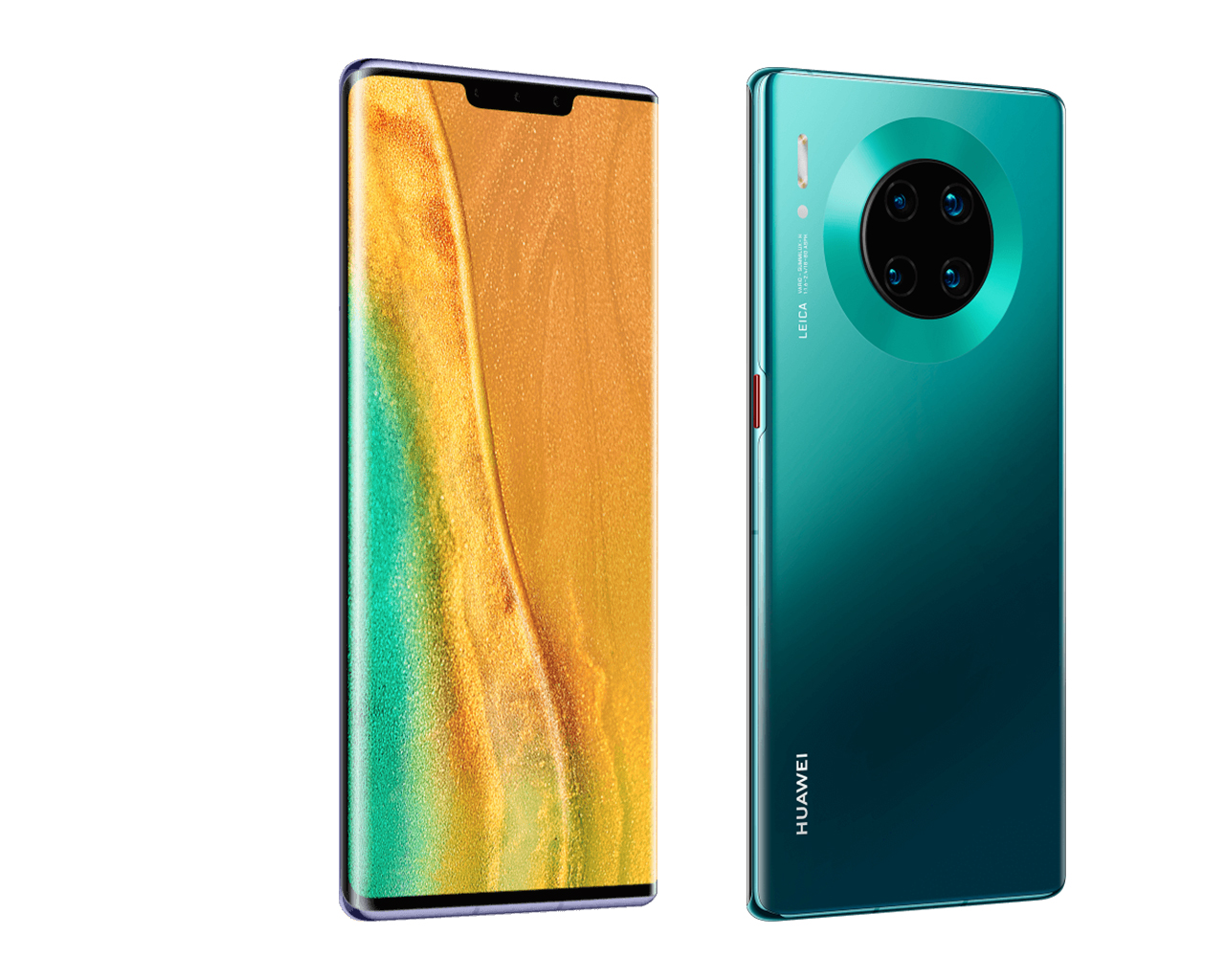Huawei is to expand its Harmony OS into more of its products next year, with plans to release Harmony-based products both in China and internationally, the company said on Monday.
But the company is currently targeting devices such as smart watches, speakers and virtual reality devices, rather than smartphones, tablets or computers, it said.
Huawei was placed on a US national security blacklist in May that forbids it from doing business with US companies, including chip makers such as Qualcomm and software developers such as Google.
The US has so far held off from implementing the restrictions, but Huawei has said it has plans in place to do without US suppliers, including Google’s Android operating system.

Android alternative
As part of those plans Huawei introduced Harmony OS in August as an alternative to Android.
Harmony, which is known as Hongment in Chinese, was first used to power a connected television, and Huawei said it would prefer to continue using Android for its smartphones and tablets if possible.
Those plans were confirmed on Monday by Wang Chenglu, president of the software division of Huawei’s consumer business group, at a store event in Shenzhen, where Huawei’s headquarters is located.
Wang’s remarks were reported by the Chinese-language business newspaper, the Shenzhen Special Zone Daily, according to Reuters.
Supply chain shift
The US said last month it planned to grant “several licences” to US firms to do business with Huawei under the trade embargo, and late last month issued a licence to Microsoft.
But in the meantime, Huawei has already produced its first smartphones without US-made parts, according to a teardown by UBS and Japanese technology lab Formalhaut Solutions.
The analysis found that Huawei’s high-end Mate 30 device, introduced in September, replaced US suppliers such as Qualcomm, Broadcom and Cirrus Logic with parts from the Netherlands’ NXP, Japan’s Murata, Taiwan’s MediaTek and its own chip manufacturing division, HiSilicon.
The company told the Wall Street Journal it had a “clear preference” to continue using US-made hardware, but would do away with it “if that proves impossible”.




